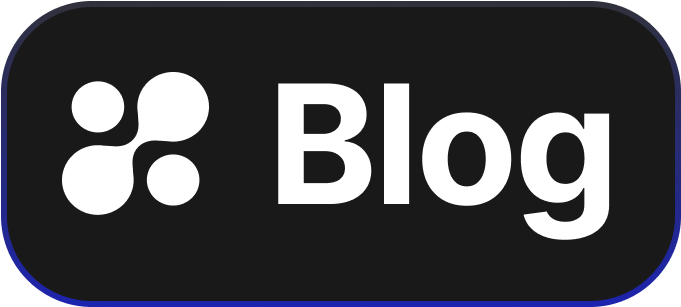Unraveling OAuth 2.0 with RBAC: A Technology Manager's Guide
Technology managers often face the dual challenge of ensuring secure data access while managing the complexities of modern authorization systems. OAuth 2.0 and Role-Based Access Control (RBAC) are two vital concepts that can help. This post will guide you through these principles and explain their significance for tech managers.
What is OAuth 2.0?
OAuth 2.0 is an open standard for access delegation, often used for token-based authorization. It's like a gatekeeper for online resources, checking if someone has the right permissions to access data or services on the web.
- What: OAuth 2.0 simplifies secure access to resources without sharing passwords.
- Why: It protects both users and providers, keeping data secure and minimizing the risk of unauthorized access.
The Basics of Role-Based Access Control (RBAC)
Role-Based Access Control, or RBAC, is a method to restrict system access to authorized users. Typically, access rights are assigned based on roles, like "admin,""editor,"or "viewer."
- What: RBAC grants permissions based on user roles.
- Why: It simplifies the management of user permissions, enhancing security by ensuring users access only what they need.
Merging OAuth 2.0 and RBAC: The Perfect Partnership
Combining OAuth 2.0 with RBAC provides a powerful way to secure resources effectively. OAuth 2.0 handles who can access a service, while RBAC ensures users have appropriate permissions.
- What: Using OAuth 2.0 for authentication and RBAC for authorization.
- Why: This combination offers layered security, a necessary defense against unauthorized access.
Implementing OAuth 2.0 with RBAC in Your Systems
- Define Roles Clearly: Categorize access into roles, ensuring each has a clear set of permissions.
- Set Up OAuth 2.0: Configure authentication to verify users securely.
- Integrate with RBAC: Link the authenticated users to roles for smooth, secure access control.
Benefits for Technology Managers
- Efficiency: Streamlines user management processes, saving time and resources.
- Security: Provides robust protection against unauthorized access by tying roles to permissions.
- Scalability: Eases the scaling of systems without compromising security standards.
Understanding OAuth 2.0 and RBAC integration is a significant step toward reinforcing your system's security posture. These tools not only streamline access controls but also enhance the overall user management process, aligning with best practices for modern IT infrastructures.
To see OAuth 2.0 and RBAC in action, and to learn how integration can elevate your security frameworks, check out Hoop.dev. You can experience a live demo in minutes and discover how seamless and secure system management can be.
By harnessing these tools, technology managers can better safeguard their resources while simplifying the user management landscape.
